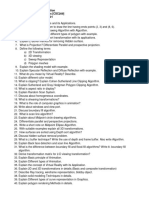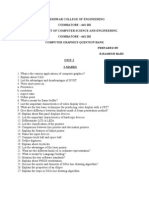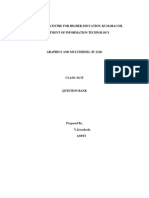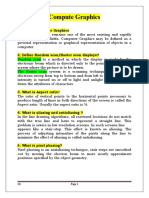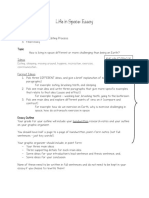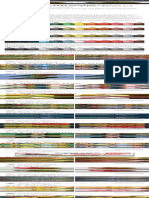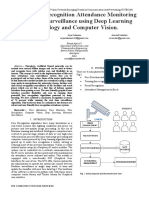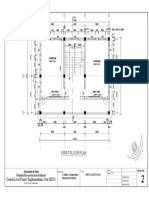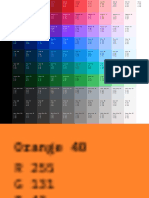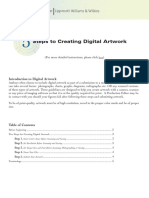0% found this document useful (0 votes)
79 views8 pagesComputer Graphics Complete Interview QnA
The document provides a comprehensive overview of computer graphics, covering fundamental concepts, types, and techniques such as raster and vector graphics, transformations, projections, and rendering methods. It includes definitions and explanations of key terms like pixels, resolution, shading, and algorithms for line and circle drawing. Additionally, it discusses applications of computer graphics in various fields and tools used in the industry.
Uploaded by
zeelshah1508Copyright
© © All Rights Reserved
We take content rights seriously. If you suspect this is your content, claim it here.
Available Formats
Download as PDF, TXT or read online on Scribd
0% found this document useful (0 votes)
79 views8 pagesComputer Graphics Complete Interview QnA
The document provides a comprehensive overview of computer graphics, covering fundamental concepts, types, and techniques such as raster and vector graphics, transformations, projections, and rendering methods. It includes definitions and explanations of key terms like pixels, resolution, shading, and algorithms for line and circle drawing. Additionally, it discusses applications of computer graphics in various fields and tools used in the industry.
Uploaded by
zeelshah1508Copyright
© © All Rights Reserved
We take content rights seriously. If you suspect this is your content, claim it here.
Available Formats
Download as PDF, TXT or read online on Scribd
/ 8






































